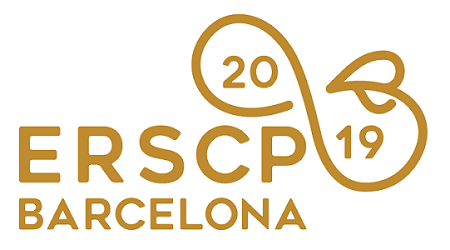Papers Proceedings »
Generation of Wastewater Treatment Networks: process efficiency, economics and sustainability
The rise in world population and industrialization in developing nations has tremendously increased the demand for water and has resulted in wastewater contaminated with several pollutants. Thus, wastewater treatment for reuse and safe disposal have become crucial for sustainable existence. The treatment methods must vary based on the properties of the inlet wastewater stream entering a treatment plant, such as the number of contaminants, their amounts, toxicity, shape, size, etc. To this end, we believe that generation of a maximal structure comprising of all possible treatment methods and flow patterns using a systems approach, followed by elimination of inapplicable methods based on certain physical constraints, will make the designing of wastewater treatment network more efficient. In this work, the technologies/methods involved in wastewater treatment such as sedimentation, filtration, membranes, adsorption, advanced oxidation processes, rotating biological containers, and activated sludge are modeled using the material and energy balance, equipment design, costing as well as environmental impact, which are in the form of linear and non-linear mathematical models. We identify the qualitative aspects and driving force involved in each technology and based on this information as well as typical concentrations of wastewater streams, generate a stage-wise wastewater treatment scheme. Utilizing systematic programming methods, we frame the wastewater treatment network selection as an optimization problem for cost minimization, energy minimization along with sustainable goals. We use the GAMS (General Algebraic Modeling Systems) programming language as the platform for solving the optimization problem. In our analysis, we demonstrate case studies for municipal and pharmaceutical wastewater treatment and determine the best possible strategy for meeting the requirements of the 1972 Clean Water Act (initiated and amended by the United States Environmental Protection Agency). In the next step, we use the P-graph approach for solving the same problems as this tool provides a ranked list of solutions, thus offering insights into non-intuitive solutions which guarantee global optimality. The comparative analysis helps in determining the cost and purity trade-offs due to the selection or non-selection of certain technologies in the overall treatment network. In the future, we plan to evaluate the networks with multiple outlet streams with different specifications. Furthermore, we will extend the analysis to include sustainability index for the ranked list of optimal networks predicted by both these approaches.
